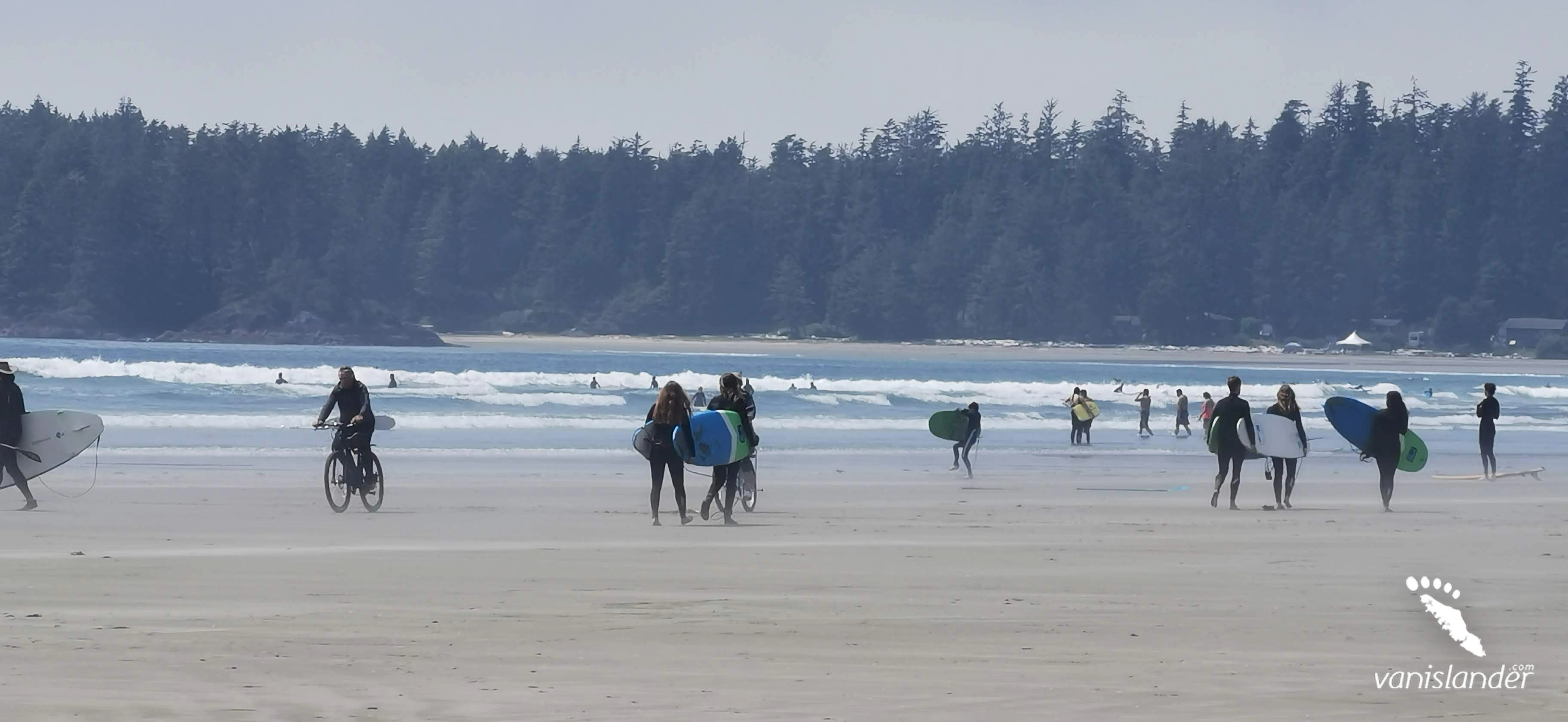
|
Month |
Weather Conditions |
Access & Visibility |
Considerations |
|---|---|---|---|
|
January
|
Cool and wet; frequent storms and high winds.
|
Limited access; rough seas common.
|
Not ideal for sightseeing; hazardous boating.
|
|
February
|
Cool temperatures; some sunny breaks, still wet.
|
Limited; weather-dependent boat conditions.
|
Good time for storm watchers; not for casual visits.
|
|
March
|
Milder; spring showers and increasing daylight.
|
Improving sea conditions; still unpredictable.
|
Bird activity begins; prepare for variable weather.
|
|
April
|
Variable; mix of sun and rain, moderate winds.
|
More stable weather; boat visits possible.
|
Seal activity increases; binoculars recommended.
|
|
May
|
Cooler temperatures with increased rainfall.
|
Accessible by boat with caution due to rain.
|
Bring rain gear; fewer tourists, good for solitude.
|
|
June
|
Mild temperatures; moderate rainfall, longer days.
|
Generally good boat access; calmer seas.
|
Prime wildlife viewing; calmer waters ideal for photography.
|
|
July
|
Warm and dry; sunny with calm seas.
|
Ideal for boat access and viewing conditions.
|
Best time to visit; ideal for boating, wildlife viewing, and photography.
|
|
August
|
Warm temperatures; low rainfall, excellent visibility.
|
Excellent accessibility and photo opportunities.
|
Peak visiting season; calm weather and rich marine life.
|
|
September
|
Cooling temperatures; higher chance of fog and rain.
|
Possible fog; boat access variable.
|
Watch for migratory birds; bring layers for changing weather.
|
|
October
|
Cooler and wetter; frequent fog and rain.
|
Decreasing visibility; rougher waters.
|
Weather turns; fewer visitors, dress for rain and wind.
|
|
November
|
Wet and windy; storm season begins.
|
Challenging access; storm risks.
|
Not recommended for casual visits; dangerous conditions.
|
|
December
|
Cold, wet, and stormy; limited visibility.
|
Limited access; harsh weather and poor visibility.
|
Storm season; visit only if experienced and prepared.
|